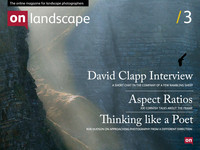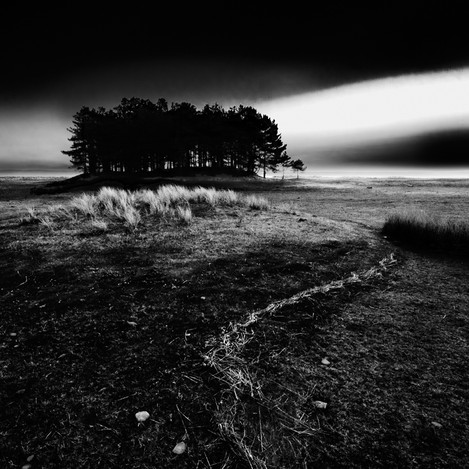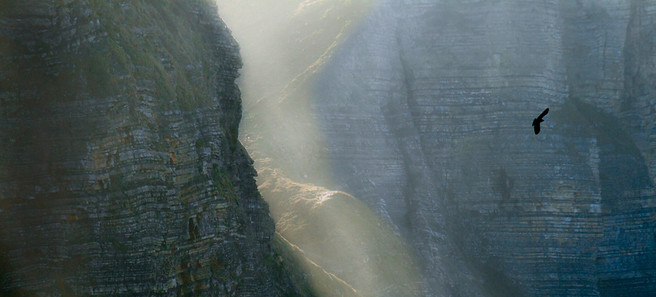How thinking like a poet can provide inspiration

Rob Hudson
Rob Hudson describes himself as a ’conceptual landscape photographer’ and lives and works in Cardiff, Wales. His work, which is always in series, explores how we relate to the landscape.
In all things we describe we merely describe ourselves ~Voltaire
We all ask profound questions about life from time to time from “why is there suffering in the world?” to "why do I have to die?” They are deep and meaningful questions, imponderables that unify us in life. So why does most landscape photography aspire to little more that “the rocks are hard” or even “the water is soft”?
I imagine the answer lies in escapism, the pleasure to be found in a seemingly ideal world, something which requires little effort to appreciate, but frees us from our mundane lives and promises us a sunlit upland.
There’s a power there that captures imaginations, inspires us to travel, explore and maybe even to take up landscape photography itself. It happened to me! But as I developed as a landscape photographer, learning many of the tricks of the trade until I could produce a passable image, I found myself wanting more profundity. Initially this resulted in more dramatic images and processing, it was a sort of inner resentment at the more superficial work I’d produced before, but on the positive side, I found myself genuinely responding to a place for what felt like, the first time.
Indeed it was a turning point that sent me on a journey, an unpredictable and often surprising journey through art, poetry and the psychology of creativity that has potently influenced my working methodology and provided a mass of inspiration to pursue fresh avenues.
The importance of a project based approach.
Ever since I reignited my passion for photography in my late 20s I’ve worked on a project basis. Initially this was simply a way of getting the “best” out of a location, visiting in different lights, different times of day and year for example. Latterly the project has come to mean something more fundamental about my work and the way I produce images.
It takes time to find insights about a place, time to explore it, but more so time to find out what it means to you. The good news is that for many of us the places that have the greatest depth of meaning for us are near home, or at least where we spent our formative years. These are the places laden with memory, probably some of your first experiences of landscape were closer to home than you might imagine. Perhaps I’m lucky living in Wales where there is a plethora of beauty at every bend, but didn’t we all play in the woods or a park, explore the wider landscape and develop ideas about what the landscape means to us?
For me at least “home is where the heart is” applies equally to the landscape. Many of us have moved, sometimes long distances, but it is the feeling of those first experiences that are as important as the location. If we look back at our earliest childhood experiences we also come to realise how much of landscape appreciation is a social construct, a way we have learned to signify beauty. Who was never afraid of the dark woods, or intimidated by bleak, empty moorland?



